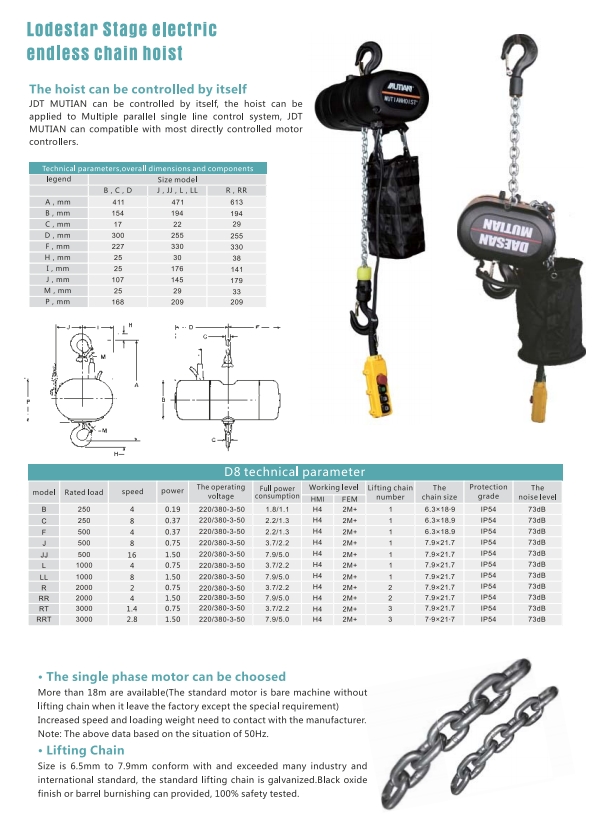 中文版
中文版



Welcome to contact us by phone:0086-0312-7969888
Stage electric motors are suitable for a variety of applications in the entertainment and stage production industry. These motors are designed to provide controlled and precise movement for various elements on the stage, enhancing the visual and dynamic aspects of live performances. Here are some areas where stage electric motors are commonly used:
Lighting Systems:
Stage electric motors are frequently employed to control the movement of lighting fixtures, allowing for dynamic and dramatic lighting effects during performances.
Curtain and Drape Control:
Motors are used to control the opening and closing of curtains, drapes, and stage backdrops. This allows for seamless scene transitions and enhances the overall visual presentation.
Scenic Elements:
Motors are utilized to move scenic elements such as set pieces, props, and platforms. This adds versatility to stage designs and enables dynamic transformations between scenes.
Fly Systems:
Fly systems use electric motors to control the vertical movement of scenery, lighting, and other equipment. This is particularly common in theaters with rigging systems for quick and efficient changes.
Truss and Rigging Systems:
Motors play a crucial role in lifting and moving truss systems, which support lighting, sound equipment, and other stage elements. They contribute to the flexibility of stage setups.
Special Effects:
Electric motors are employed in creating special effects such as moving set pieces, animatronics, and other dynamic elements that enhance the overall theatrical experience.
Camera Movement:
In television and film production on stage, electric motors may be used to control camera movement for smooth and precise tracking shots.
Automated Performer Flying Systems:
In large-scale productions, electric motors may be integrated into performer flying systems, allowing for controlled and safe aerial movements of actors or performers during a show.
Automated Rigging:
Automated rigging systems use electric motors to control the movement of rigging points, facilitating the lifting and positioning of various equipment and structures.
Projection Screens:
Electric motors are employed to control the movement of projection screens, ensuring that they can be raised, lowered, or repositioned as needed.
Automated Stage Platforms:
Motors are used in stage platforms that can be raised or lowered to create dynamic stage configurations and elevate performers.
The versatility of stage electric motors makes them a crucial component in modern stage productions, allowing for creative and dynamic presentations. These motors contribute to the automation and precision required for complex stage designs and performances.






X